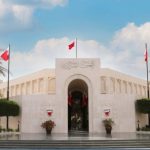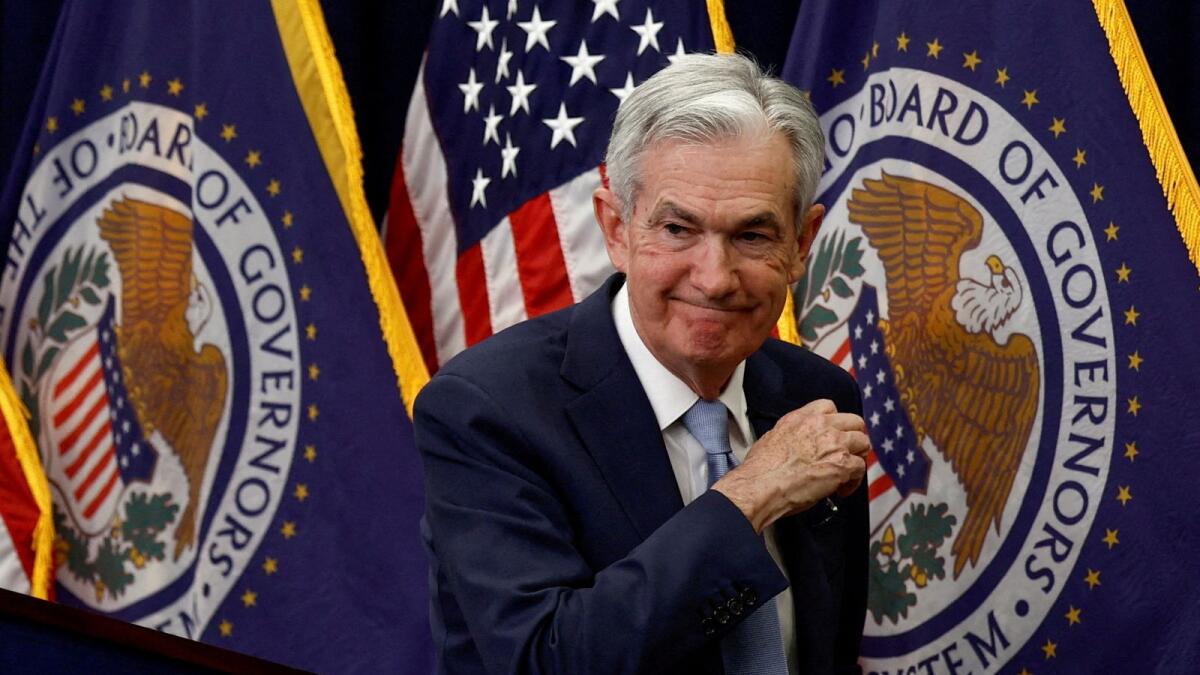In 2022, the Federal Reserve had shifted its focus to combatting inflation, which led to an increase in interest rates to address the fast-rising prices. However, two years later, the focus has changed to protecting the job market, as indicated by Chairman Jerome Powell’s speech at the Fed’s annual Jackson Hole conference. Powell’s signal of upcoming rate cuts signifies the completion of a Fed shift that began in January, acknowledging emerging job market risks as a top priority.
The key question now is whether a weakening job market and rising unemployment rate indicate a steady growth with little upside risk or a potential slide that will gather speed. This will become clearer in the upcoming employment reports and will shape the Fed’s decision on how far and fast to cut rates to prevent further weakening in labor market conditions. Powell expressed a desire to defend the current 4.3 percent unemployment rate and address the less tight conditions compared to pre-pandemic levels.
The current Fed rate of 5.25-5.50 percent is seen as restrictive for the economy and jobs, well above officials’ median estimate of the longer-term “neutral” rate. Depending on inflation trends and job market changes, officials will determine the necessary rate cuts to restore full employment. Many experts, including Nela Richardson, suggest that the economy remains strong and is normalizing from the pandemic’s extremes, but the urgency around employment has intensified.
The Fed’s recent language around risk has shifted, acknowledging a better balance between employment and inflation goals. Powell’s latest remarks emphasize the importance of supporting a strong labor market, signaling the need for rate cuts. The upcoming September meeting will provide interest rate projections, revealing the expected pace of future cuts. While some experts believe the Fed may have waited too long to adjust policy, others caution against the risk of cutting rates too fast.
Despite the recent job gains being weaker than the pandemic-era average, they align with pre-pandemic expectations. Various metrics, such as the ratio of open jobs to unemployed persons, indicate that the economy is normalizing. Powell downplayed the current unemployment rate, attributing it to rising labor supply and slowed hiring rather than job losses. While optimism remains for a strong labor market and 2 percent inflation, concerns persist about potential weaknesses that may require faster or deeper rate cuts from the Fed.
There is ongoing debate about the true state of the labor market, with suggestions that alternate measures of unemployment could provide a different perspective. Fed Governor Adriana Kugler, a labor economist, suggests that including discouraged workers and other measures of joblessness may paint a more accurate picture of the job market. As uncertainties continue to play out in the coming months, the Fed faces the challenge of balancing its goal of maximum employment with the need for rate adjustments to support the labor market.











